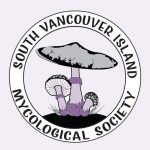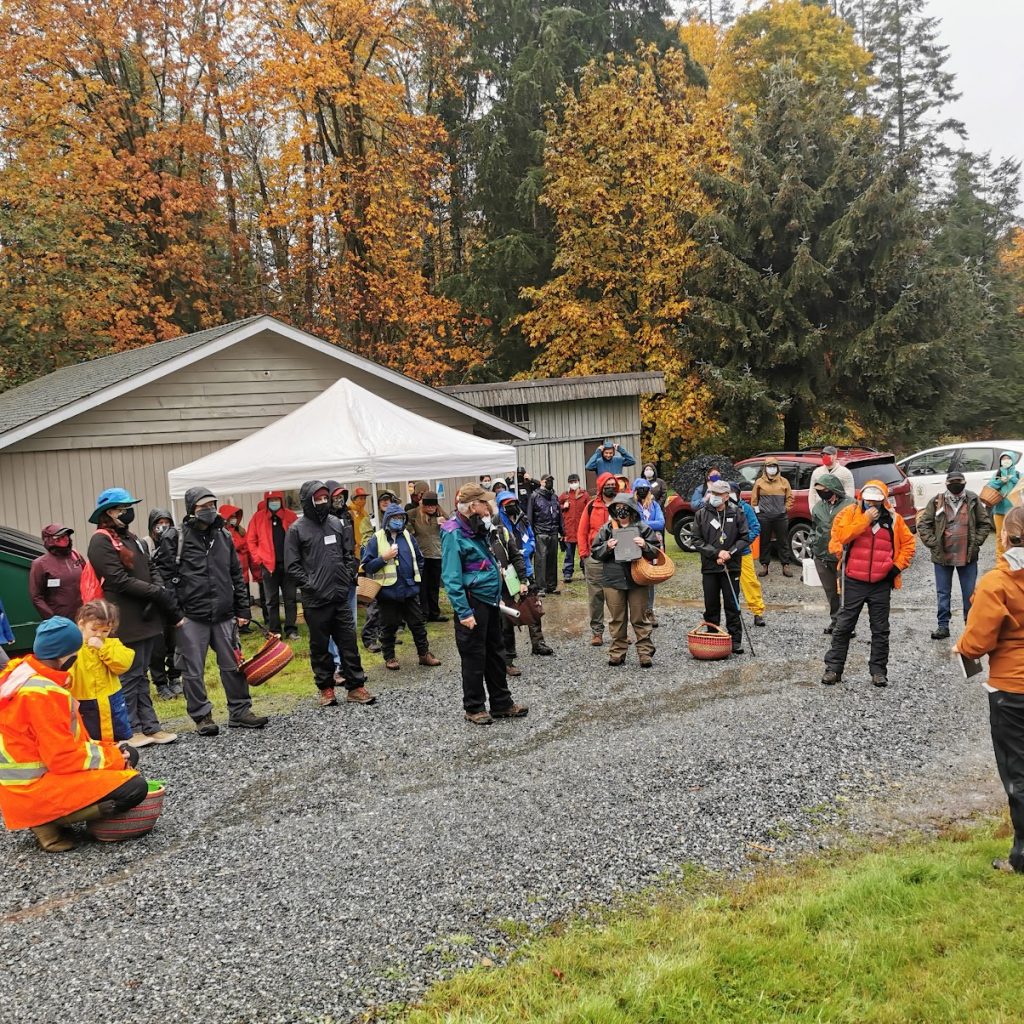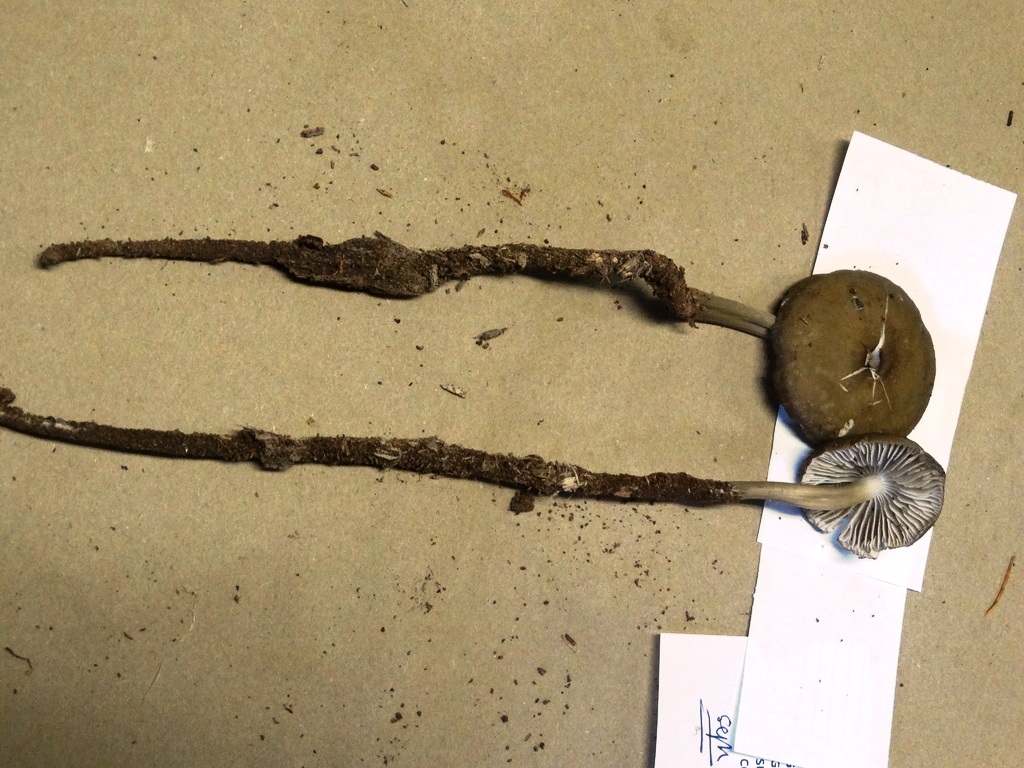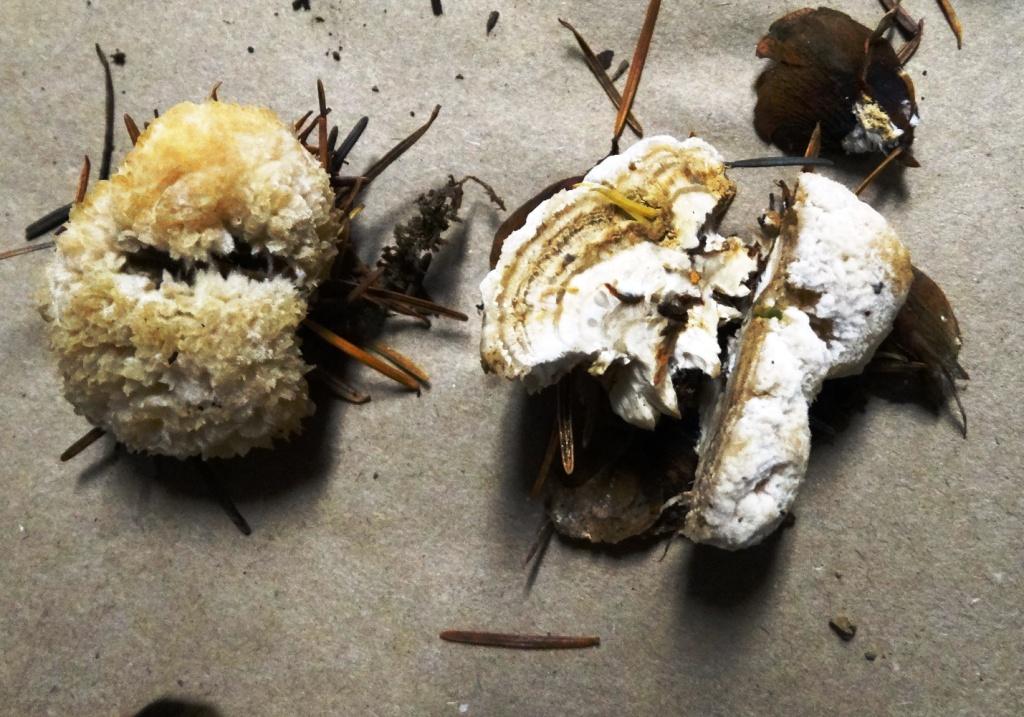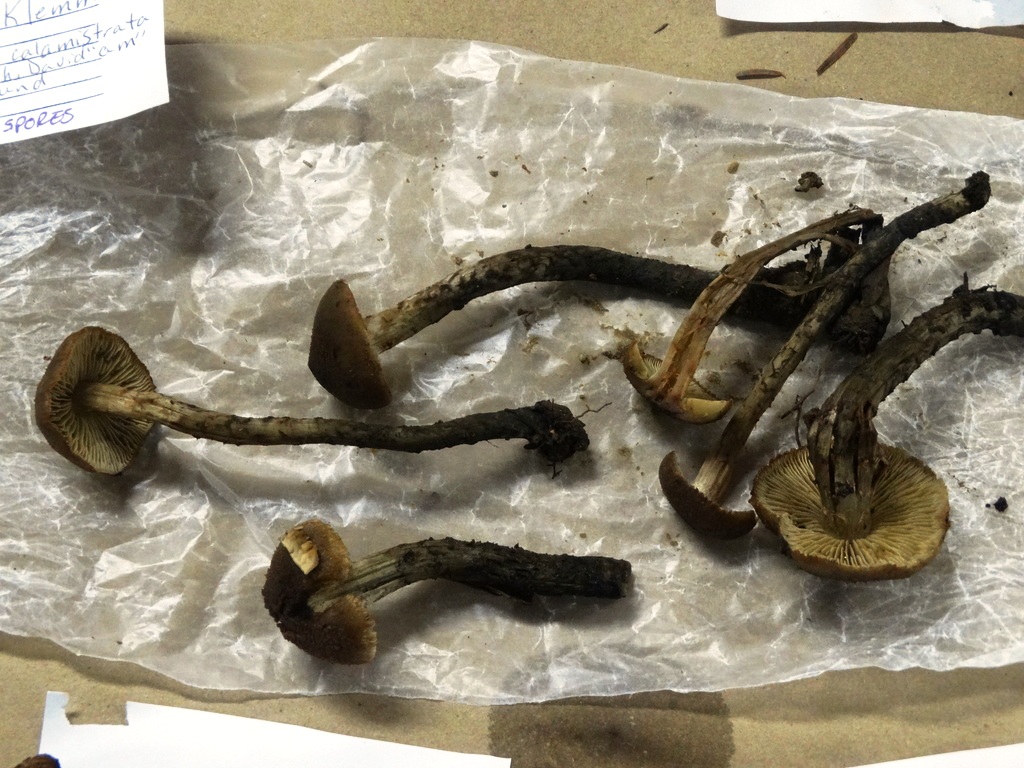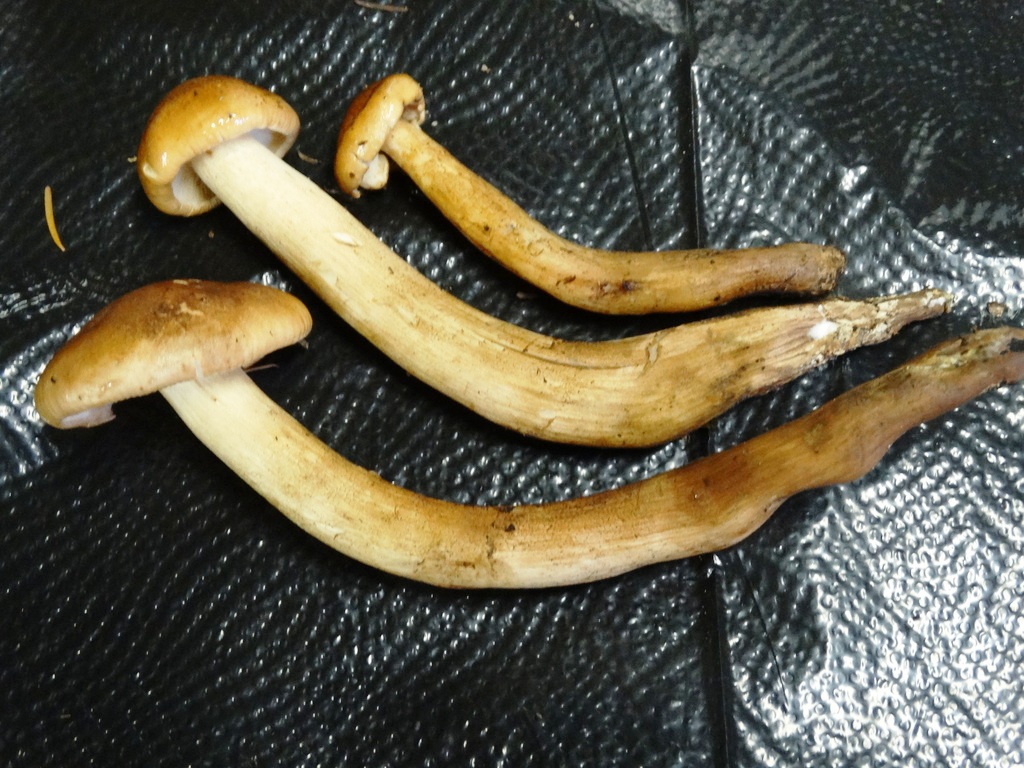SVIMS held its annual Cowichan Foray last weekend at the Cowichan Lake Education Centre. About 60 people—counting both the full-foray attendees and the Saturday day trippers—had fun seeking out the fall mushrooms. Even the steady rain couldn’t dampen their spirits.
Besides enjoying the evening entertainment sessions and chowing down on the great food at the Centre, foray participant took several guided walks to view and collect samples of the area mushrooms. Melanie Hess and Steve Strybosch have generously provided a large number of candid shots and specimen photos from the weekend, for those who would like to view them.
2021 was a good year for mushrooms around Cowichan Lake. We found the usual suspects, of course, but we also had some surprises. In all, we tallied about 115 different species of mushrooms.
We experimented with a novel way of recording our 2021 finds. In other years, we used a simple list format, which preserved no images of our finds and did not allow those who weren’t present at the foray to see and comment. This year we photographed our collections and made about 124 iNaturalist observations out of them. You can view and comment on them here.
The pictures we used in the iNaturalist observations are snaps of the table specimens. If attendees submit their field pictures of these collected specimens (please!), we will add them to the observation records.
Vouchering is always important part of recording. In previous years we have depended on the deep expertise Oluna and Adolf Ceska to know what should be preserved and to make the vouchers. In their absence, we did what we could, judging 10 specimens to be voucher-worthy. The vouchered specimens can be viewed here.
The vouchers will eventually be submitted to the Beaty Museum.
Some interesting finds:
(1) A team looking along the road by the lake came across curious white-spored caps with long rooting bases:
We initially put it in the Hymenopillis / Oudemansiella genus, a rooting shank group that has very few exemplars from western North America.
A better guess, and one that is consistent with the microscopy of the specimen, is that this is just a Mycena galericulata with an uncommonly long rooting shank. No one, however, has ever reported a 10 cm rooting base for M. galericulata.
(2) David Walde and his crew found an unusual polypore/crust, Postia ptychogaster.
David had just seen one of these at the Whistler Fungus Among Us festival and was able to recognize it in the woods around the camp.
This is not a common find. Adolf and Oluna Ceska, however, found this species in 2019 in the nearby Marble Bay Park.
(3) One of the crew made a nice collection of Inosperma calamistratum, the green-foot fibrehead. The green bases were somewhat obscured by mud, but the green colour still poked through.
The strange geranium-like smell suggests, however, that this is actual Inosperma mucidiolens, a species that was once a variety of I. calamistratum that has since been raised to species status.
The iNaturalist software does not have I. mucidiolens in its database yet–we have contacted iNaturalist curators.
(4) As in other years, we found many exemplars of the unusual Tricholoma transmutans, which looks a lot like the red-brown trich, Tricholoma pessendatum group (which we also found).
The species concept around these red-brown tricholomas with yellowish gills is a bit of mess. The species could also end up with the name Tricholoma nictitans or Tricholoma fulvum.
A big, big thanks to Kurt and all of the team that worked so hard to make this event happen in pandemic times!
